Skiing powder is an exhilarating experience that many skiers aspire to master. The feeling of floating through fluffy snow as you carve your path down the mountain is unmatched. However, skiing powder requires a different set of skills and techniques compared to groomed slopes.
In this comprehensive guide, we'll walk you through the essentials of how to ski powder, ensuring you have the knowledge to tackle fresh snow with confidence.
Understanding Powder Skiing Dynamics
Powder skiing is all about the feel of soft snow underneath your skis. Unlike groomed slopes, powder provides more resistance and requires skiers to adjust their balance and weight distribution.
The key is to maintain a light and balanced stance, allowing your skis to float on top of the snow. This requires a shift in body position and a focus on using your legs to control your descent.

The Right Kit for Powder Skiing
Having the right kit is crucial for successful powder skiing. Powder skis are designed with more surface area to help you float on the soft snow.
They are typically wider than regular skis and may have a rocker design to lift the tips and tails, making it easier to navigate through fresh powder. Additionally, suitable boots and poles will aid in steering and balance, ensuring you have the control needed for powder skiing.
Mastering the Fundamental Movements
To ski powder effectively, you need to master a few fundamental movements. These include keeping your weight balanced over the center of your skis and using your legs to absorb variations in the terrain.
Your knees should act as shock absorbers, flexing and extending as needed. This will help you maintain control and reduce the likelihood of falling.
Adjusting Your Body Position
Body position is critical when skiing powder. You want to keep your stance wide enough for balance but not so wide that you can't manage your skis.
Your weight should be evenly distributed, or slightly back, to help your tips stay up in the snow. Remember to keep your upper body facing downhill, or the fall line, and use your legs to steer.
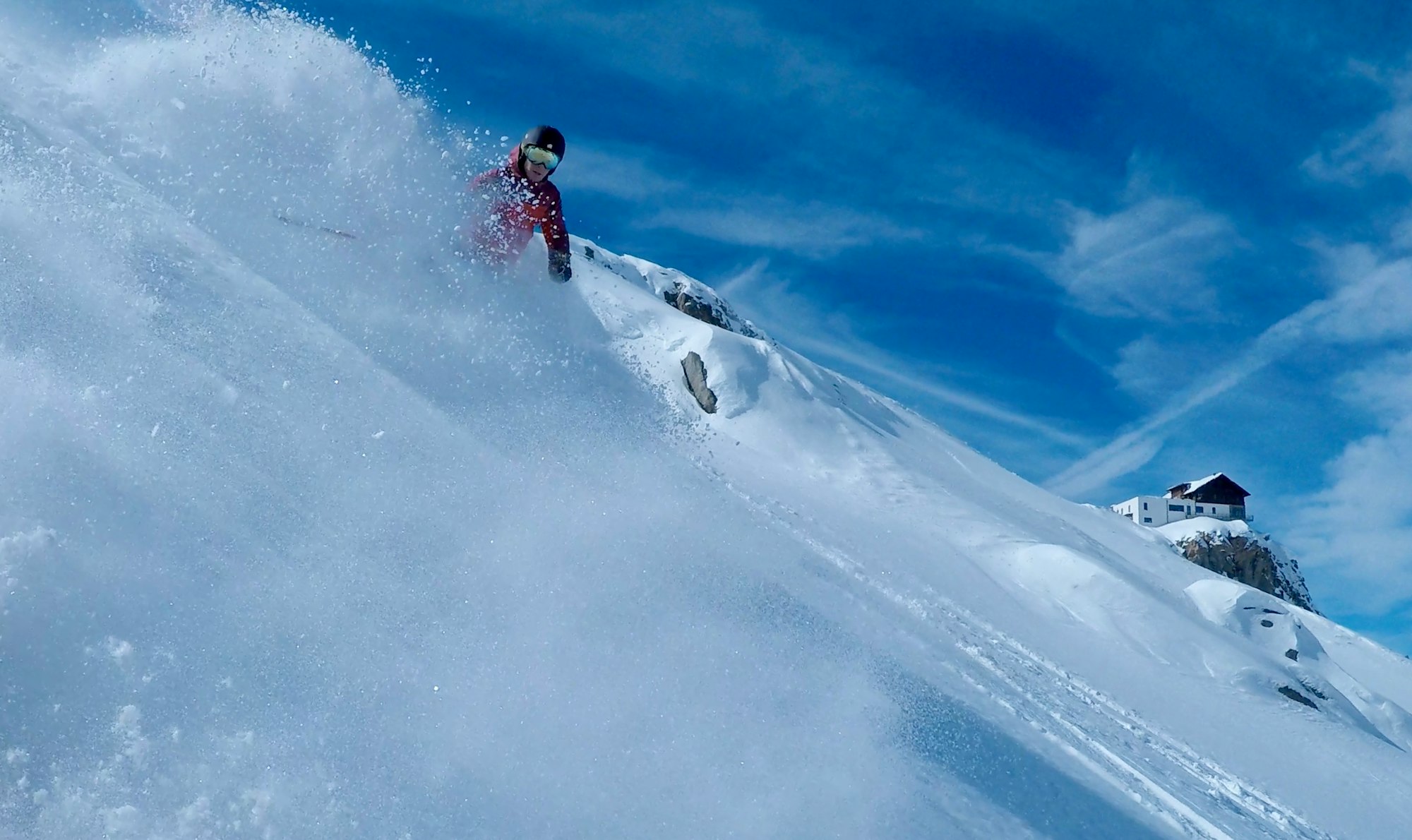
Choosing the Right Powder Skis
Selecting the appropriate powder skis can make a significant difference in your skiing experience. Look for skis that are at least 100mm wide underfoot to provide more surface area and better float. The length of the skis should also be considered; longer skis will offer more stability and floatation in deep snow.
The Importance of Speed in Powder
Speed is your friend when skiing powder. It helps your skis stay on top of the snow, making it easier to turn and navigate.
However, it's important to find a balance – too much speed can lead to loss of control, while too slow can cause you to sink into the snow. Start slow and gradually increase your speed as you feel more comfortable.
Embracing the Powder: Off-Piste Skiing Adventures
Off-piste skiing is where the powder snow really shows its allure, offering a pristine canvas for those looking to leave their mark away from the groomed trails. When you venture off the beaten path, the untouched snow can be both exhilarating and challenging.
The important thing is to feel comfortable with your ski technique before you tackle the deep stuff. It's all about creating a rhythm with your turns and using the natural contours of the slope to guide you. Remember, off-piste isn't just about the thrill; it's about understanding the mountain in its purest form.
To truly embrace off-piste skiing, you'll need a suitable kit that can handle the variable conditions you'll encounter. Your powder skis should be wide enough to float on top of the powder snow, and your boots and bindings should provide the support needed when the terrain gets tough.
Don't forget to adjust your stance too; keep your weight balanced and let your ankles flex. This will help you to pull off those dreamy, sweeping turns that powder hounds live for. And always be mindful of safety—avalanche gear is a must when you're exploring beyond the marked slopes.
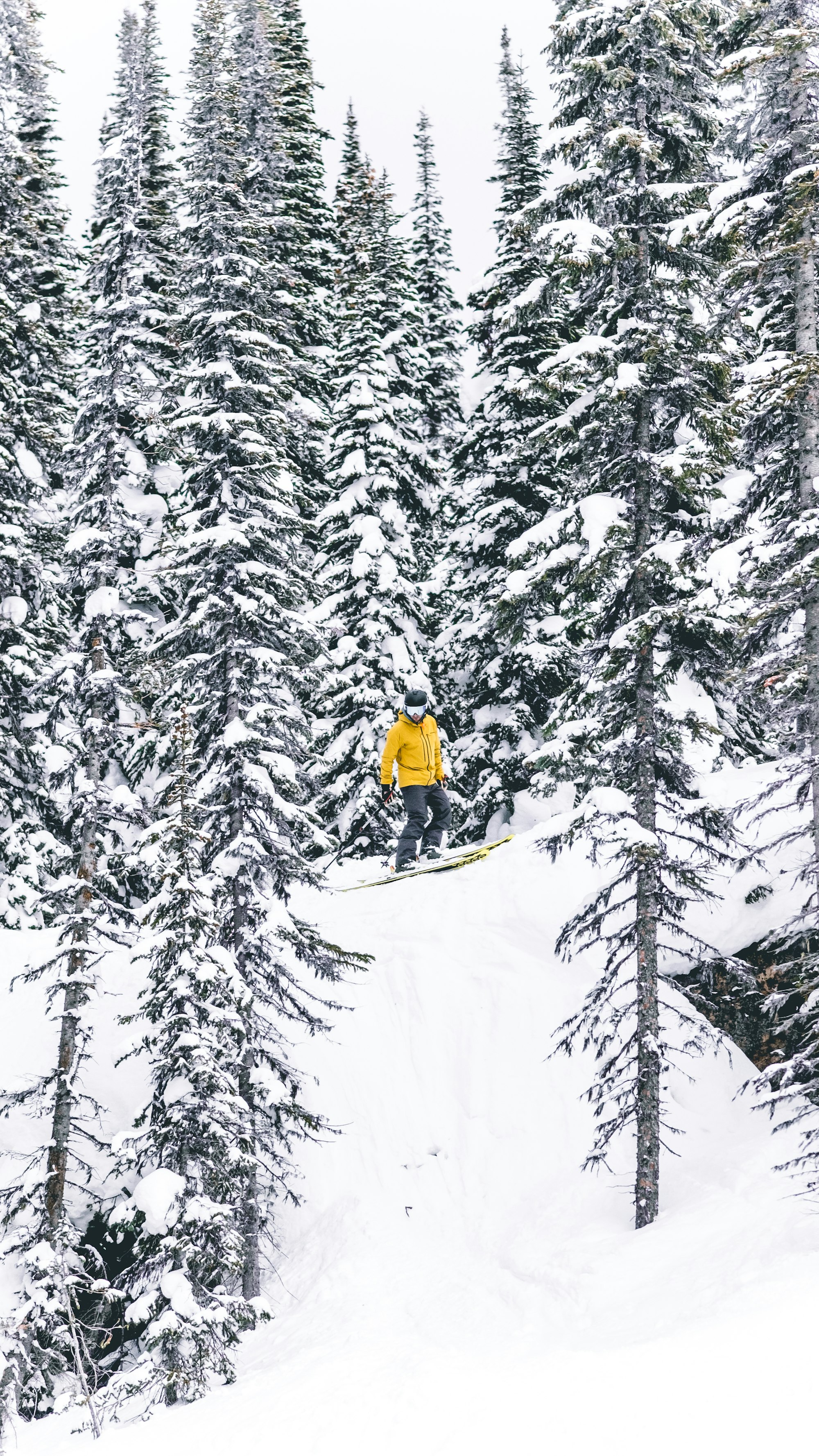
Powder Skiing Etiquette: Sharing the Hill with Respect
When you're out on the hill, floating through the fluff, it's easy to get caught up in the fun of powder skiing. However, it's crucial to remember that you're not alone out there. Sharing the slope means being aware of your surroundings and respecting other skiers and snowboarders.
Always keep a safe distance, especially when visibility is low in heavy powder snow. The tip here is to be predictable with your movements so others can anticipate your path and avoid any collisions.
Moreover, when you're enjoying the powder, it's important to leave the hill as pristine as possible for others to enjoy. This means avoiding areas that have been cordoned off for wildlife protection or avalanche risk.
It's all about creating a harmonious environment where everyone can have fun and feel comfortable. Remember, the mountain is there for all to enjoy, so let's keep the details in check and ensure a safe and enjoyable experience for every powder enthusiast out there.
Practicing on Different Terrain
To become proficient at powder skiing, you need to practice on various types of terrain. This will help you develop the necessary skills to handle different powder conditions.
Start on gentle slopes and work your way up to steeper and more challenging off-piste skiing areas. The more you practice, the better you'll become at reading the terrain and adjusting your technique accordingly.
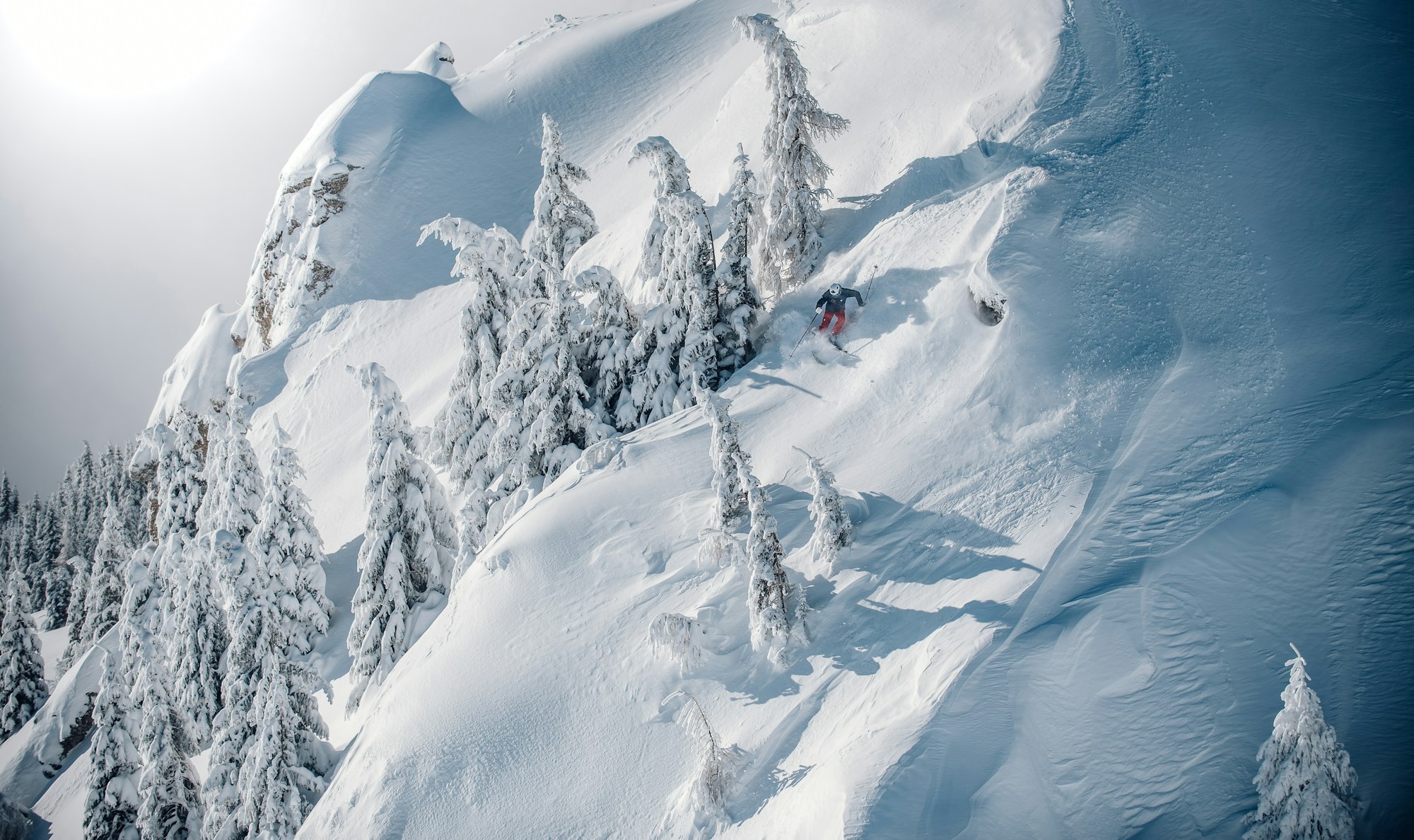
Learning to Balance on One Ski
Balancing on one ski is a useful skill in powder skiing. It allows you to shift your weight onto your outside ski, which can help you initiate turns in deep snow.
Practice this technique on groomed slopes before taking it into the powder. It will help you develop a sense of how to distribute your weight and maintain balance.
The Role of Ski Poles in Powder
Ski poles are an important tool for powder skiing. They help you maintain balance, provide support during turns, and can be used to push yourself up if you fall. When skiing powder, use your poles to help time your turns and keep your rhythm.
Planting your pole before initiating a turn can give you a point of reference and help you maintain control.
Preparing for Your Powder Trip
Before heading out for a day of powder skiing, make sure you have all the necessary equipment and that it's in good condition.
Check the weather and avalanche reports for your chosen location, and always ski with a partner for safety. Additionally, consider taking a backcountry skiing course to learn about avalanche safety and rescue techniques.
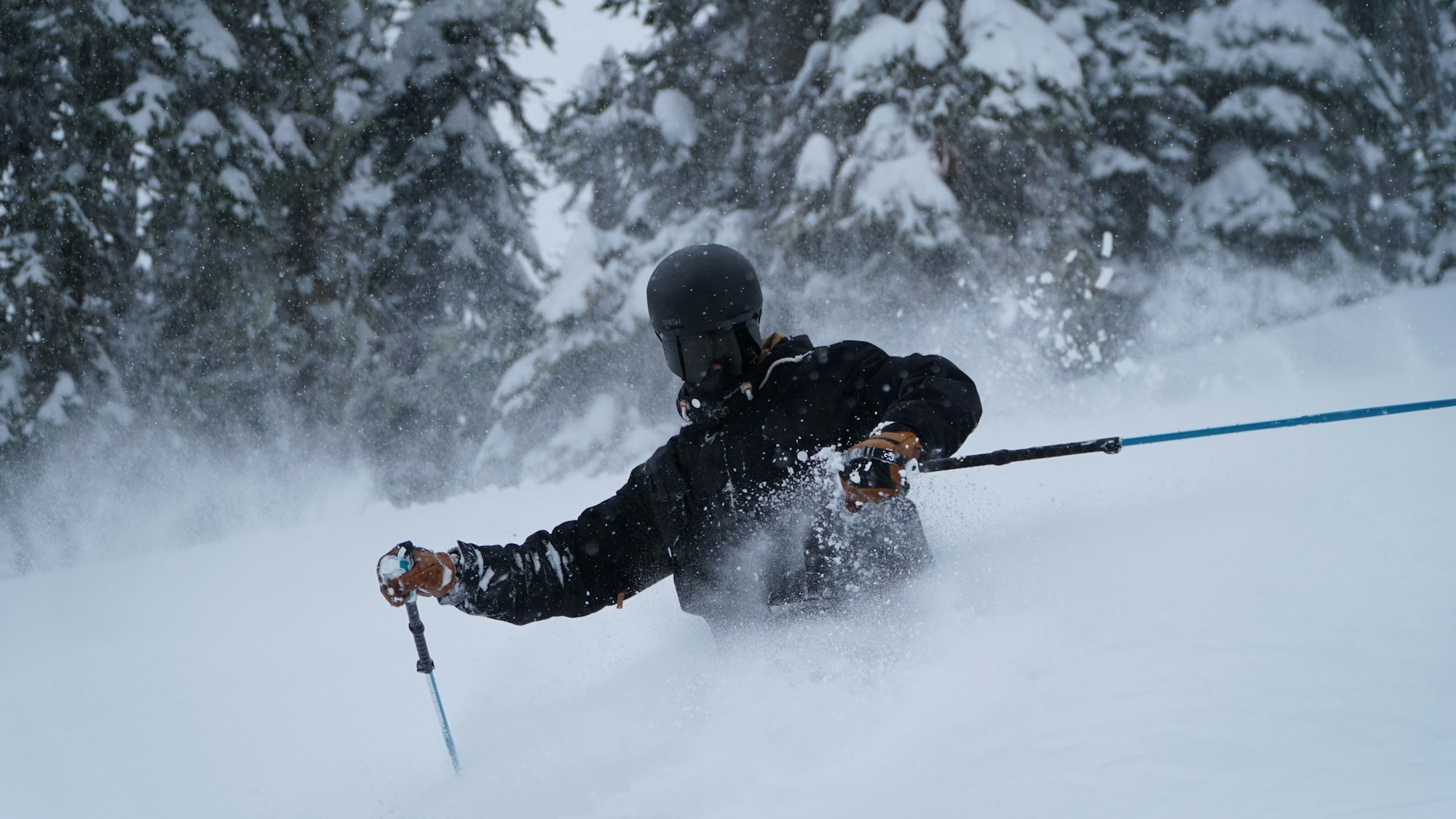
Finding the Perfect Powder Location
The search for the perfect powder location can be as exciting as skiing it. Look for mountains or hills known for their quality snowfall and off-piste terrain.
Resorts with a reputation for fresh powder are a good start, but don't be afraid to explore backcountry areas with the help of a guide or experienced locals.
Skiing Powder in the Backcountry
Backcountry skiing offers some of the best powder experiences, but it also comes with increased risks. Ensure you have the right equipment, including avalanche safety gear, and the knowledge to use it.
Always check the avalanche forecast and be prepared for changing conditions. Remember, safety should always be your top priority.
Tips for Falling in Powder
Falling in powder can be a soft and forgiving experience, but it's still important to know how to do it safely. Try to keep your body relaxed and avoid putting your hands forward, as this can lead to wrist injuries. If you find yourself sinking into deep snow, use your poles to help you get back up.
How To Ski Powder
Some Final Thoughts
Skiing powder is a unique and thrilling aspect of skiing that requires a different approach than skiing on groomed slopes.
By understanding the dynamics of powder skiing, choosing the right equipment, and mastering fundamental movements and body position, you can enhance your powder skiing experience.
Remember to practice on varied terrain, maintain the right speed, and always prioritize safety, especially when venturing into the backcountry.
FAQ Section
Q: What makes powder skis different from regular skis? A: Powder skis are typically wider with more surface area to help skiers float on top of the soft snow. They may also feature a rocker design to lift the tips and tails, aiding in maneuverability in deep snow.
Q: How should I adjust my body position when skiing powder? A: Keep your stance wide enough for balance, distribute your weight evenly or slightly back, and use your legs to steer while keeping your upper body facing downhill.
Q: Is speed important when skiing powder? A: Yes, maintaining a moderate speed helps your skis stay on top of the snow, making it easier to turn and navigate. However, it's crucial to find a balance and not exceed a speed that allows you to maintain control.
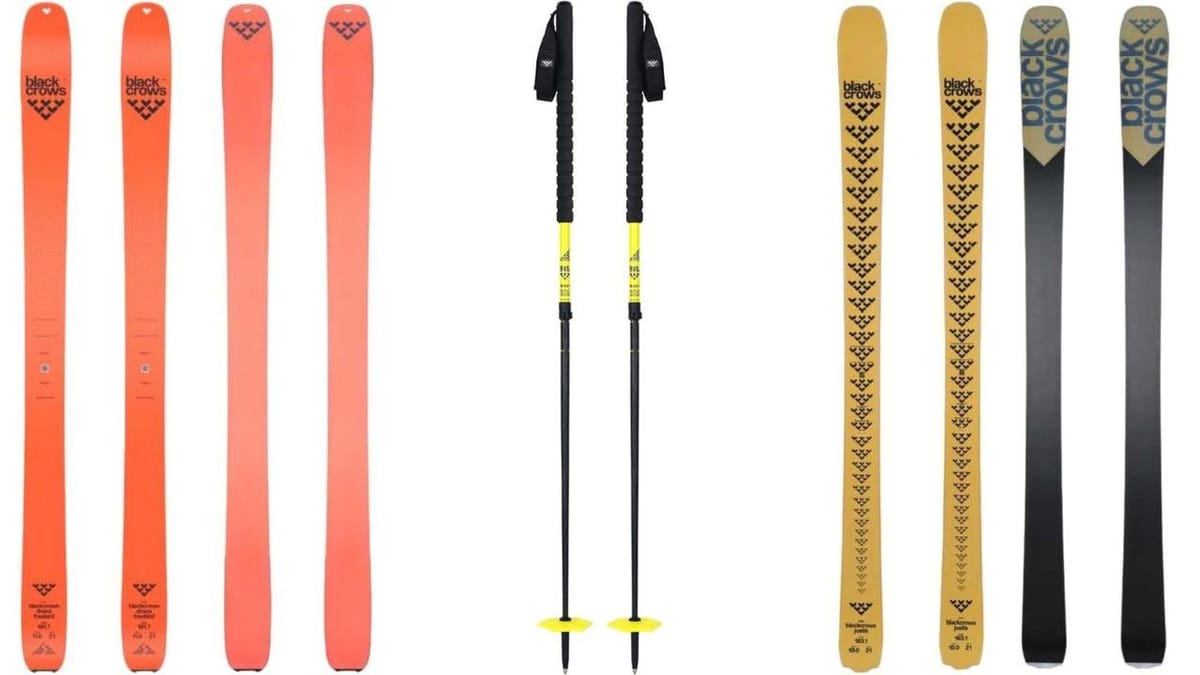

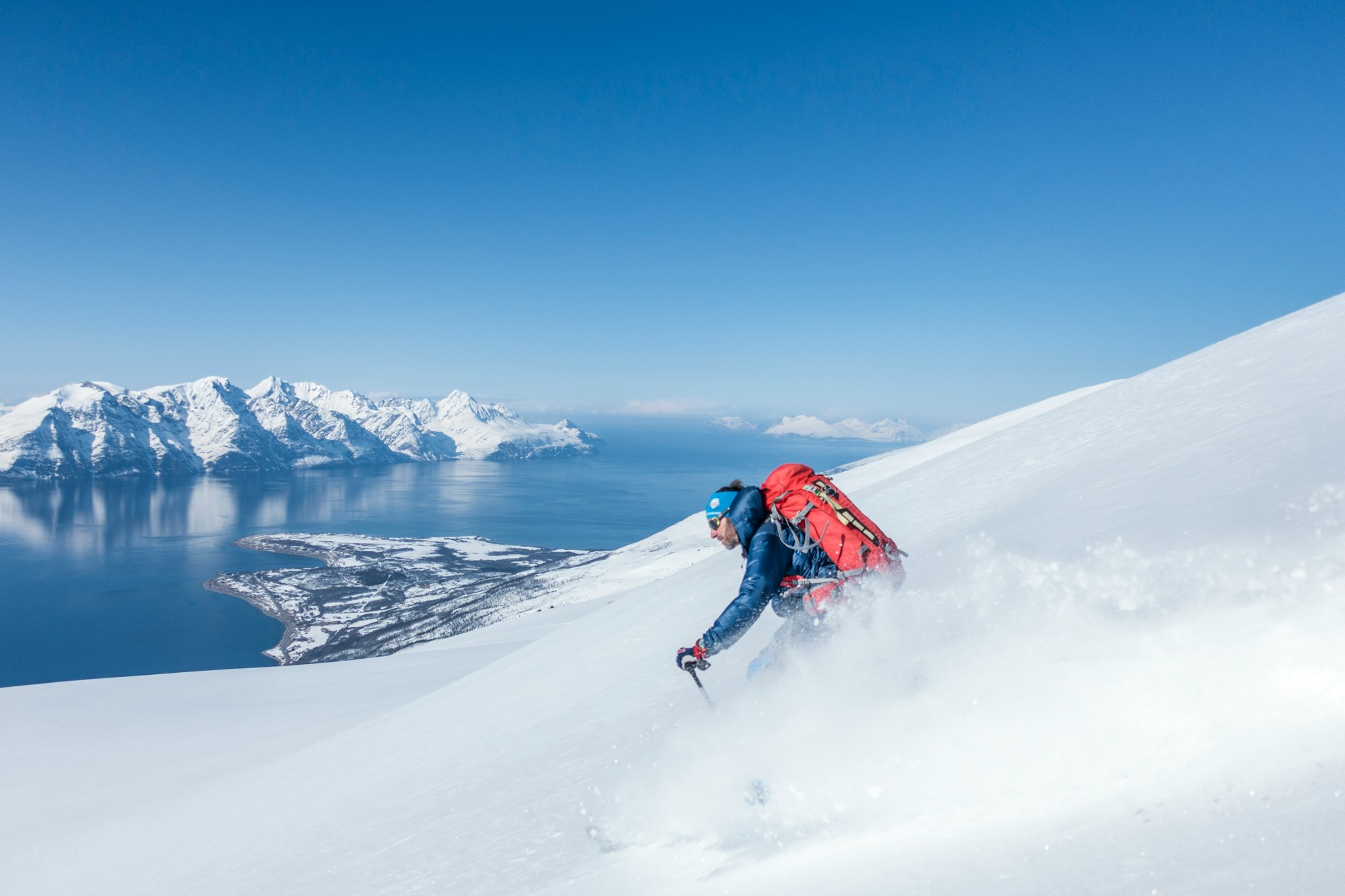




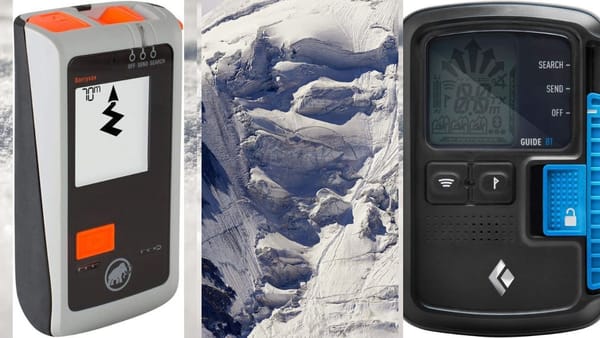
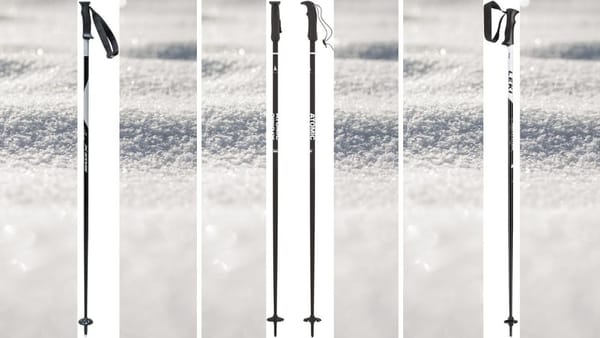



Member discussion